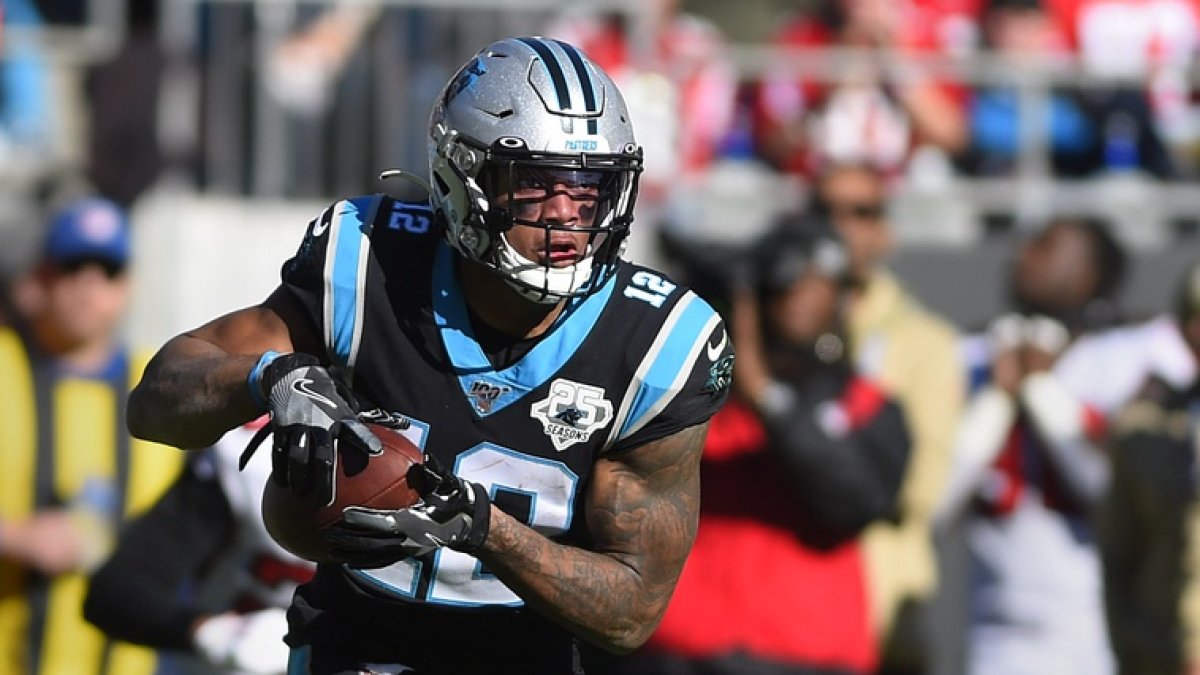dy·nam·ic — adjective: (of a process or system) characterized by constant change, activity, or progress.
If there is one trait you want from a wide receiver in 2020, it’s the one listed above. Players who are dynamic with the ball in their hands are fueling offenses around the NFL. They’re also the ones translating quickly from college to the NFL.
You don’t need me to tell you that the hit rate at wide receiver over the past five years has been notoriously poor in early rounds. With spread offenses, increases in screens/RPOs, limited route trees and few defenses willing to play press-man coverage, evaluating the receiver position can be a juggling act of different traits for general managers to weigh. And with good reason.
Think about it: Wide receiver is the only position in the NFL where a 5-foot-10, 185-pounder (Tyreek Hill) and a 6-foot-5, 231-pounder (Mike Evans) can be asked to do the same thing. The sheer range of body types and traits that can succeed at the NFL level makes the position difficult to get a proper read on.
That’s why I’m here to propose the trait that should carry arguably the most weight of any other in the draft process: dynamism. The ability to make plays after the catch has weeded out early-round hits and misses exceptionally well over the PFF era. Below is a list of first- and second-round draft picks at receiver from 2015-2019. They are sorted into those whose broken tackle per reception rates were over .19 and those who were under .19. (I understand that’s an arbitrary number, but a cutoff had to be made somewhere.)



 © 2024 PFF - all rights reserved.
© 2024 PFF - all rights reserved.